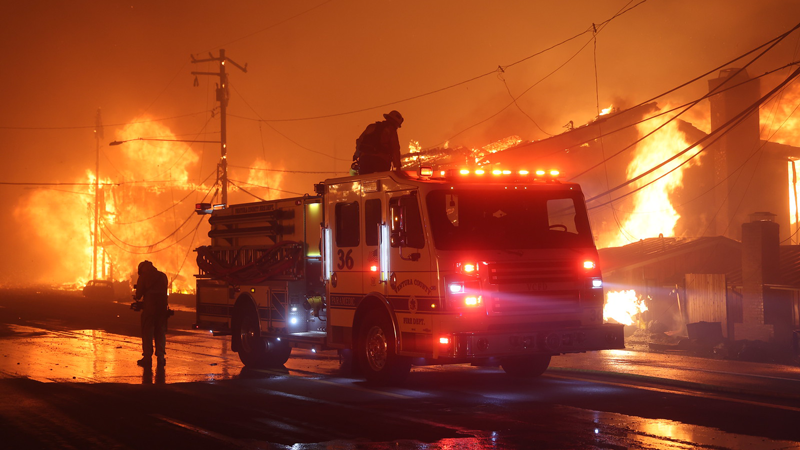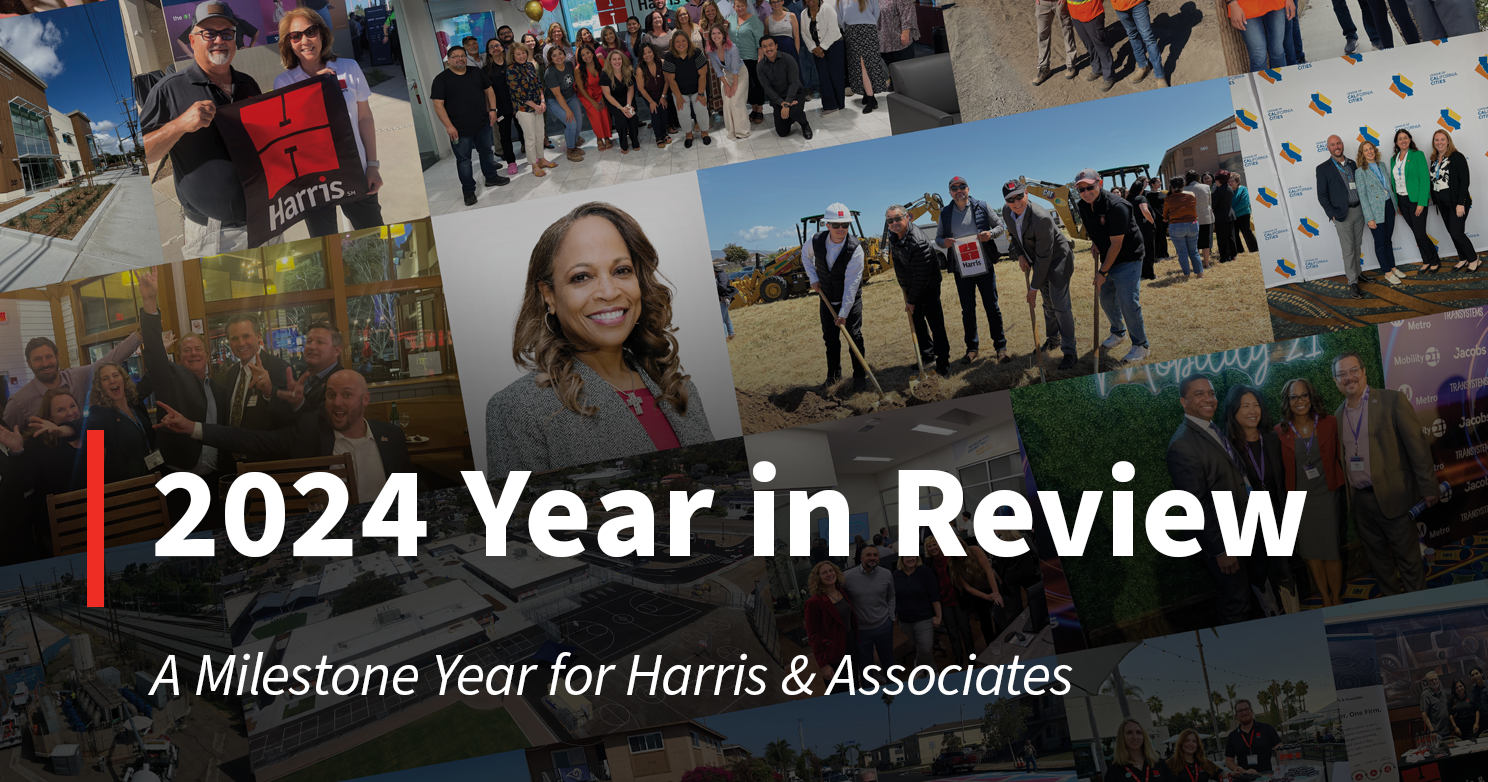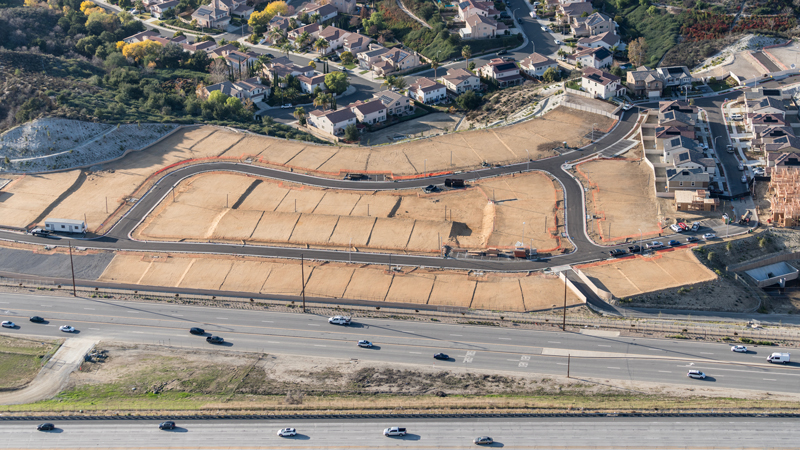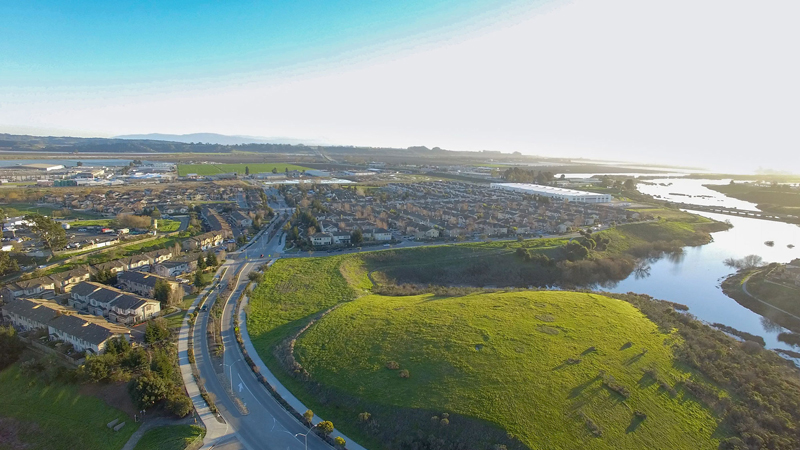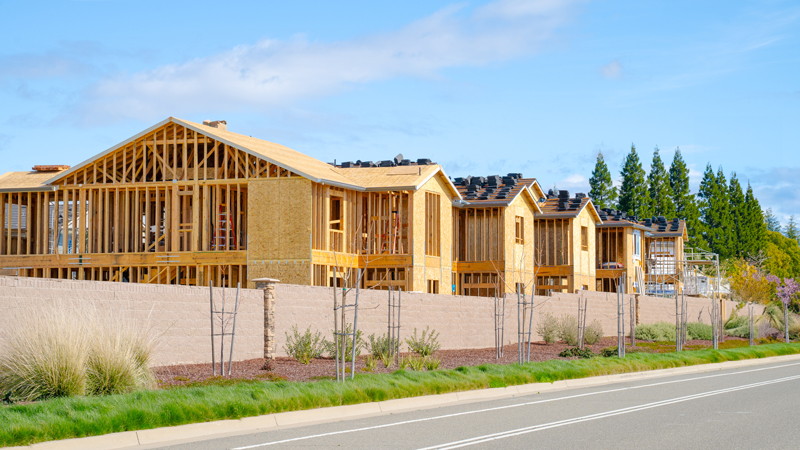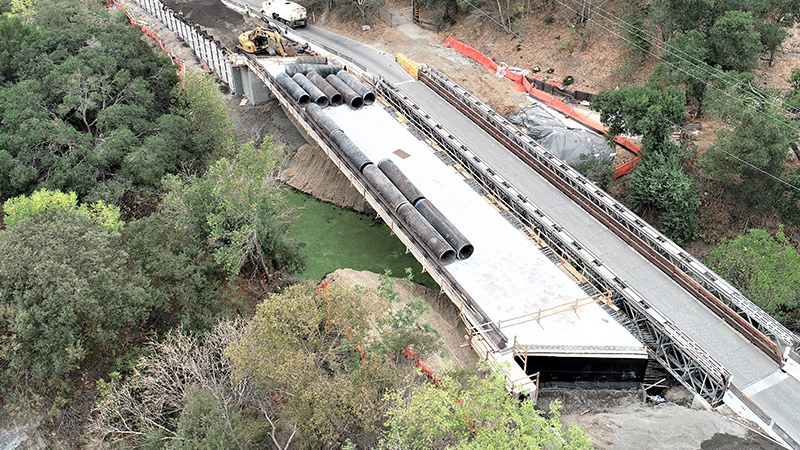4.0 minute read
April 11, 2022
When you think of all the players and moving parts involved with construction projects, it’s easy to understand how things could quickly go wrong, with potentially tragic consequences.
That’s why safety-minded project owners are relying more on construction managers to guide their projects to completion not only on time and on budget, but also without incident. Construction managers provide a single point of contact to avoid communication breakdowns, and they contribute knowledge of best management practices beyond those covered by minimum standards.
While the contractor bears ultimate responsibility for site safety, construction managers coordinate team efforts around a cohesive strategy to help protect workers and the public during every phase of the project. Representing the owner’s interests, they track a multitude of details others might miss. For example, vendors focused myopically on their own distinct piece of a project could easily overlook needs for ADA access or pedestrian and vehicle traffic diversions during construction.
Preparing for Everything
Safety, like the project itself, starts with a plan—a blueprint for minimizing risk at every turn. While general safety templates are a good start, they are not enough.
Experienced construction managers make sure contractors fulfill their responsibility to create site-specific safety plans that adequately consider four perspectives:
- The safety of workers on site
- The safety of the public, including owner’s staff
- The safety of the environment, including stormwater pollution prevention plans
- OSHA regulations
Safety plans need to incorporate details at the macro level, including sequencing of closures that allow facilities to remain open as needed with minimal disruptions, as well as the micro, such as the location of the nearest emergency room and other essential facilities for the superintendent on site.
Depending on their size and nature, projects may warrant assistance from dedicated safety personnel.
Putting the Plan in Motion
Leading up to the project, construction managers coordinate phases of work and the safety needs at each step. Clients, contractors, and stakeholders have opportunities to voice and address any concerns.
Once all parties agree on an approach, the construction manager will perform site visits with the contractor to see how the plan will play out. Preparation culminates with an all-hands pre-construction meeting to coordinate logistics and solve for any possible disruptions.
From that point forward, construction managers help observe adherence to the plan and work with the contractor to update it as project conditions change.
Over the past two years, the pandemic has significantly impacted standard approaches to project and safety planning. At Harris & Associates, our construction management team has worked with leaders and construction crews to help them safely continue their vital work and limit potential dangers. We instituted new protocols for masks and distancing as well as virtual components like 3-D site visits and drones for inspections and data collection.
Case Study: County of San Diego, Department of General Services
Harris construction managers have a long track record of helping clients bring a culture of safety to their projects with tailored plans to minimize risks for all parties.
Our experience includes working with the County of San Diego, Department of General Services (DGS) to develop joint safety plans for several projects. Among the most notable: the North County Regional Center (NCRC) D5 Supervisor Office 5th Floor Renovation, the North County Family Justice Center Office Renovation, and the Housing Community Development Services Security Improvements.
For each engagement, Harris’ OSHA 30 Certified construction management team followed DGS safety protocols and performed our own Project Hazard Analysis as an added measure of protection.
We worked with contractors to modify and ultimately finalize safety plans. Our team provided lists for all submittals and ensured they were in the County-preferred format for a streamlined review. After plan approvals, Harris’ construction management team verified all safety measures were put in place, updated accordingly, and followed to the letter by partners as work progressed.
During the NCRC project, Harris facilitated team meetings between project phases to discuss lessons learned and potential safety challenges for the subsequent phase.
Throughout our work with the County, we have had zero safety incidents. All COVID-19 guidelines were followed per OSHA, CDC, the State, and the County, including temperature checks at the door, questionnaires, and ubiquitous sanitation stations.
Much credit for this success goes directly to the County. Their commitment to safety is evident in their tagline, SAFETY – LIVE WITH IT. By keeping safety at the forefront, the County emboldens contractors and construction managers alike to speak out when concerns arise, knowing they have the County’s full support to prioritize safety over deadlines and budgets.
Learn how Harris construction managers can minimize risks and strengthen a culture of safety on your next project by contacting some of our construction managers below.
Authors
Sean Dunbar, CCM
Prince Dumaran, CCM
David Gulczynski, CMIT
Source
Harris & Associates
Markets
Municipal
Facilities
Planning + Development
Public Works
Utilities
Services
Categories
safety
Safety Management






